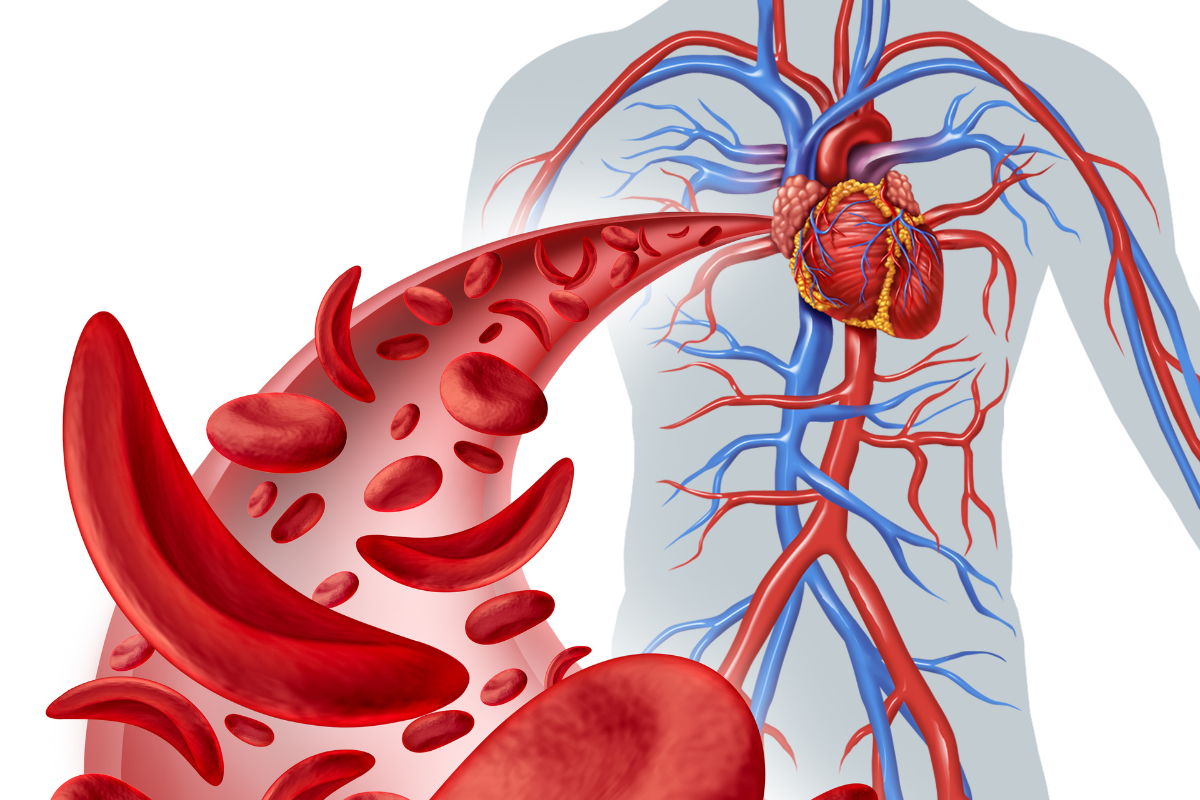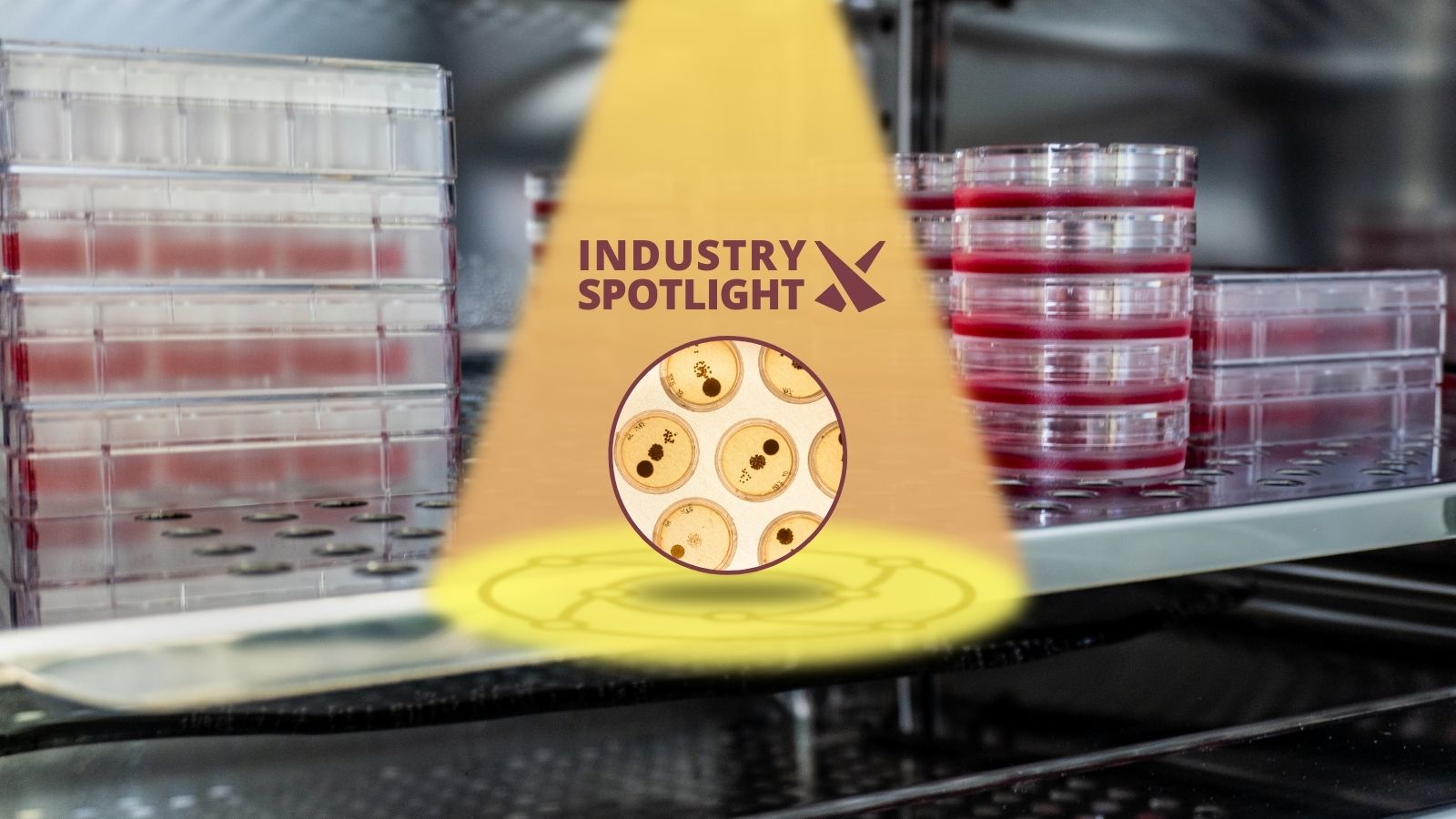Streamlining Stem Cell Manufacturing

Our January group came together for an hour of specialist discussion about the current state and future directions of stem cell manufacturing, and how best to streamline clinical and operational processes. This discussion group was a select group of approximately 15-20 key industry leaders from various research centres, as well as renowned academic institutions. Ajan Reginald, Chief Executive Officer at Celixir, moderated the discussion, and panellist Lior Raviv, Chief Technology Officer at Pluristem Therapeutics, was there to support. Notable attendees included senior representatives from North Carolina University, Oslo University Hospital, Menoufia University, Iaso Maternity Hospital, CCRM, and many more.
Ajan Reginald kicked off the discussion with a unique perspective that delved into some of the challenges faced by Celixir in terms of small-scale manufacturing for clinical studies. Celixir is a UK-based pharmaceutical company developing cell and gene therapies to treat incurable or poorly treated diseases including, cancer and heart failure. The company has developed two allogeneic cell therapy products that have progressed into phase II clinical studies, and then two further preclinical products, one being an allogeneic cell therapy for cancer and the other an sRNA gene therapy. “From a manufacturing perspective, at Celixir we've really had to start from the ground up”, Reginald explained. “We built our own manufacturing facility which we received GMP for and have manufactured multiple batches of cells which we have used in clinical studies that are FDA and MHRA approved”, he continued. However, this was no easy feat, as vertically integrating presented the company with numerous hurdles.
Reginald stated that “we're focused on how to take a cell from that initial discovery process, through to small scale manufacturing for clinical studies, and then winning approvals in Europe and in the US”. The contrasting guidelines of the distinct transatlantic regulatory bodies make it difficult to receive dual approval for the same cell type and study. Other challenges include balancing the cost of goods with the product viability, incorporating patenting processes into factories, and scaling up.
Reginald stated that “we're focused on how to take a cell from that initial discovery process, through to small scale manufacturing for clinical studies, and then winning approvals in Europe and in the US”
Conversation then turned to Raviv's experience with the issues of process development. Pluristem Therapeutics is a cell therapy company located in Israel and producing MSC-like cells (they have all the characteristics of MSC cells but without differentiation) from the placenta. The mode of action centres on the secretion of various therapeutic proteins in relation to signals coming through the patient body. Pluristem's product is allogeneic and off-the-shelf, and they are also currently active in several clinical trials ranging from phase I to II for various other products. “I guess what's most interesting about us is that although we have been working for the last 15 years in developing our product, we are heavily focused on own manufacturing technology and facilities, in terms of how to generate large scale allogeneic products”, expressed Raviv. He continued by identifying product understanding and identity potency as critical components of process development. Embracing a quality by design approach, pharma companies can gain a clear picture and identity process map of the novel cell type and which indication it will treat. Reginald concurred, explaining how “it is the things that you implement early in the design that matter”, stressing that “actually defining your potency assays and identity criteria is very, very critical”. Technologies to aid with potency and characterisation of cells include apoptosis, FISH karyotyping, and cytokine secretion profile assessment.
- What Will the Future Look Like for Stem Cell Scale-Up and Manufacturing?
- 3D Stem Cell Cultivation Using Fibrin, Nanofibrillar Cellulose, and Hybrid Scaffolds
- Discovery and Development of Stem Cells for Regenerative Medicine
After Reginald and Raviv's introductions, the debate began. The conversation turned to streamlining scale-up processes between phase II and phase III. One audience member raised the question of how to ensure the maintenance of a robust assay during translation. Raviv answered with the following response: “the most important thing in this transition to phase III is not only demonstrating potency but also the reproducibility of your product”. The product must be validated, and one of the main difficulties of this is being able to prove scalability. Important process development steps include investing in technologies such as bioreactors during discovery. As Raviv points out, “you have to start thinking about scalable manufacturing before you even reach phase I”. This enables a streamlined transition, minimising downstream knowledge gaps and ensuring thorough (and projected) understanding of both the quality of the raw material and the quantities to be obtained. The latter will then provide insight into manufacturing costs. Reginald agreed, explaining how “at Celixir, we designed our manufacturing process from scratch, and discovered early on that the media was the killer cost for us”. Resultingly the company wisely spent a further two years perfecting their media. “Overall, it ended up saving us 90% of costs down the line”, the CEO continued.
Embracing a quality by design approach, pharma companies can gain a clear picture and identity process map of the novel cell type and which indication it will treat.
The panel also covered strategies such as overcoming capacity challenges by investing in clinical expertise via training schemes to further streamline stem cell manufacturing. A further point raised by the audience was the need for advanced preclinical models. The said party claimed that “with stem cell therapies, it is very difficult to obtain validated animal models”. They continued by claiming that “whilst there has been some promising data in rat heart models, at the end of the day it is still only a rat system, and we are using human cells; the field needs to do more”. In response to this, another audience member contributed by suggesting the use of comparative data, which they deemed “very powerful”. In silico modelling, is a somewhat underutilised tool that can provide an effective workaround by using computer technology to analyse development process and predict unforeseen issues.
The discussion group concluded with some final thoughts on the future of stem cell manufacturing and therapeutics. With ongoing research and development and numerous exciting pipelines emerging in the field, the future looks bright for the industry. At Oxford Global, we couldn't have been more pleased with the turnout for our latest cell discussion group. The conversation was engaging, the debate stimulating, and the industry insights invaluable. We will continue our discussion group series in March with a session focusing on Cell Line Engineering. Learn more about the Oxford Global discussion group series at our Cell Portal.
Want to find out more about the latest gene therapy news? Register now for our Gene Therapy Development & Manufacturing: In-Person event to find out more about optimised process strategies and technologies for the successful technical development and manufacture of advanced gene therapy products.






